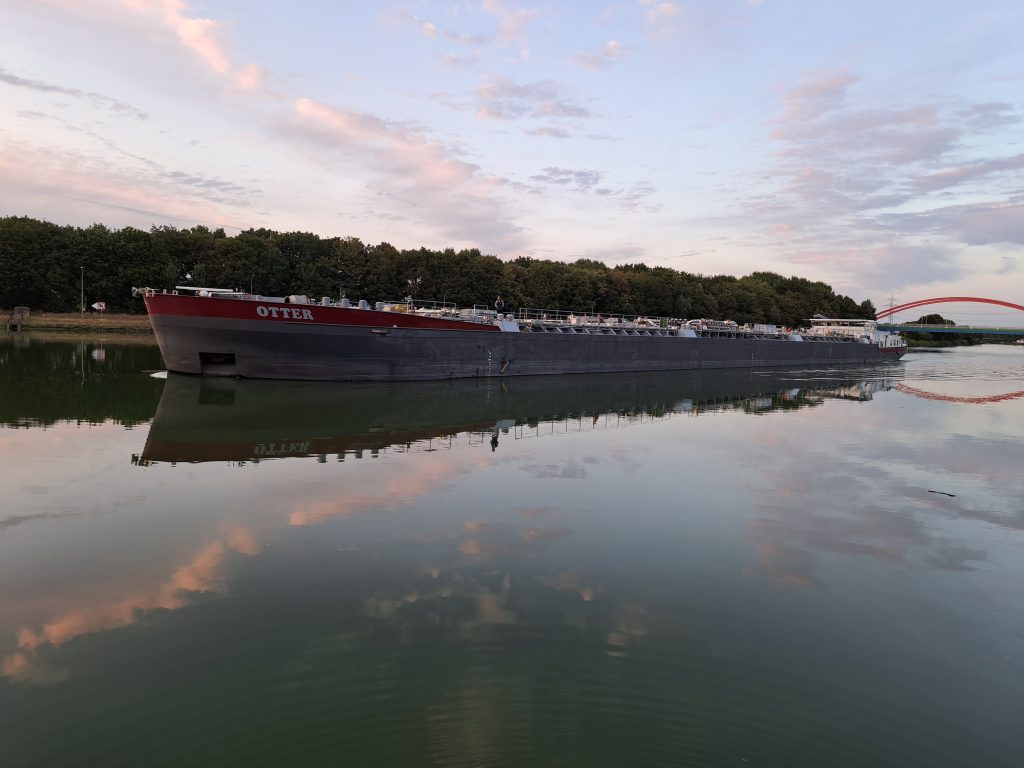Dutch Client Case: MTS Otter
Willem-Jan Otterspeer operates the MTS Otter, a vessel measuring 110 by 11.40 meters. The MTS Otter, specialized in transporting liquid cargo, navigates through the vast ARA area and along the waters of the Rhine.

The collaboration with Shipping Technology began back in 2020, prior to the vessel’s official launch. Willem-Jan shares his experience: “In 2020 we started discussions with Shipping Technology, drawn by their forward-looking vision on maritime technologies. Their concept of using the ST BRAIN to transmit and collect data, enabling us to adapt to the rapidly changing digital infrastructure, convinced us to integrate the ST BRAIN into our newbuild.”
Willem-Jan talks about the ST BRAIN: “The accelerated playback of a route (radar image, navigation chart, rudder position/turn indicator, engine power, draft under the vessel) during the training of novice skippers is particularly useful for answering questions or discussing potentially hazardous routes. It’s also helpful for administrative tasks, such as preparing a port bill or identification documents, as it allows for quick review.”
Since then, Shipping Technology has continued to innovate, introducing the Autonomous Lane Assist, an AI-driven semi-autonomous navigation tool. Willem-Jan explains: “From the start, the ST Autonomous Lane Assist was a fascinating addition. It took some getting used to, letting go of the autopilot, but the practical support from Shipping Technology quickly gave us confidence after commissioning. Now it’s a tool we use regularly. The system is straightforward and features an intuitive user interface. Especially on longer routes, it’s a valuable addition that reduces workload.”

Within the vision of a future of fully autonomous sailing, the MTS Otter team recognizes the important steps being made toward semi-autonomous navigation. “When we look at fully autonomous sailing, it still seems far away,” Willem-Jan notes. “Many steps are needed to make semi-autonomous sailing even safer and more comfortable. For example, improved communication between vessels and with traffic control centers is required, and regulations need further alignment. With the right developments, however, significant progress can be achieved.”
In conclusion, he adds: “We appreciate sailing with Shipping Technology’s system, which not only digitizes the navigation and operation of inland vessels but also truly drives innovation and progress in the maritime sector.”

